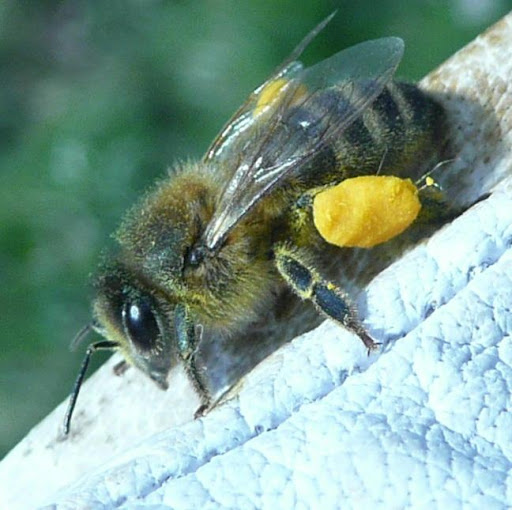nottingham
House Bee
- Joined
- Mar 10, 2011
- Messages
- 110
- Reaction score
- 0
- Location
- United Kingdom
- Hive Type
- National
- Number of Hives
- 1
From your own image but just magnified.











"so how do I prove one way or other?:
kill them all and send for morphometry.
reminds me of story of a british team just after WWI who estimated that population of northern elephant seal in california was around 20. as was the way in those days they shot 6 and brought the bodies back to natural history museum.
turned out very interesting though as in the 90s Gabby Dover from Leicester Uni looked at dna fingerprint of those corpses, sampled members of the living population (thriving) and was able to demonstrate that a genetic bottleneck occurred approximately 75 years earlier AND that the population had been around 20. great correlation between science and evidence in the field which showed how well the molecular techniques worked.
